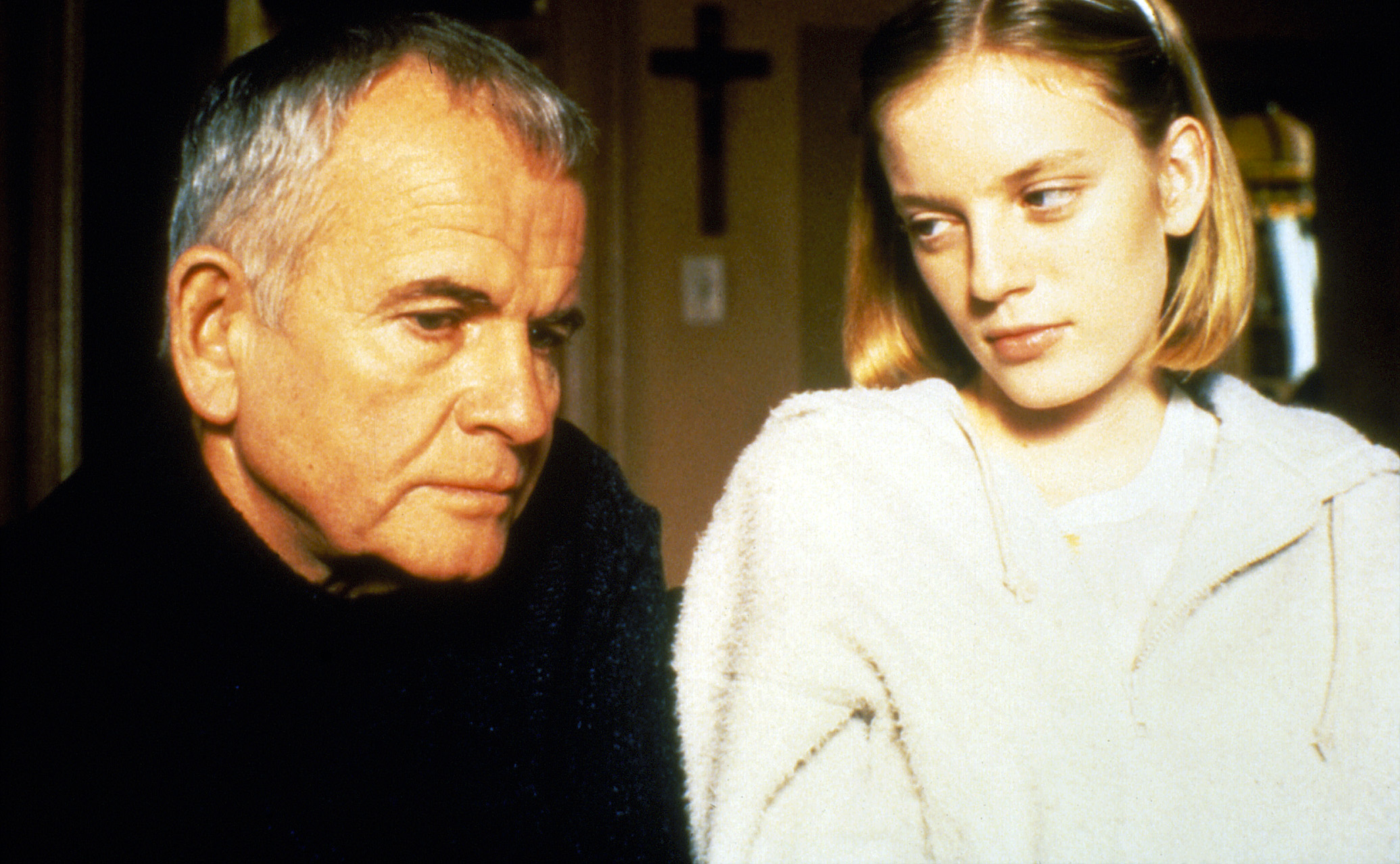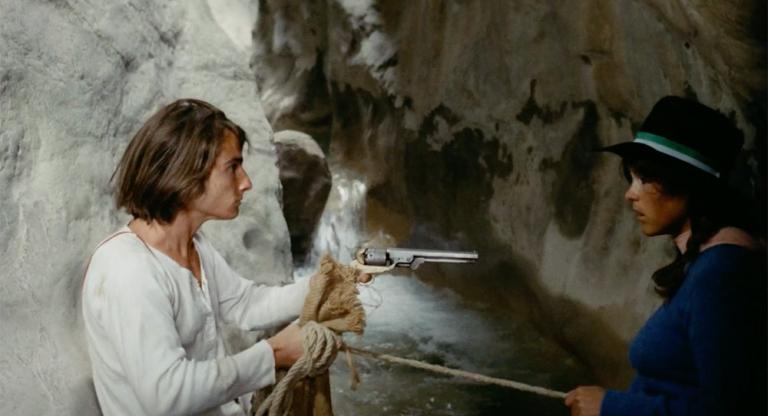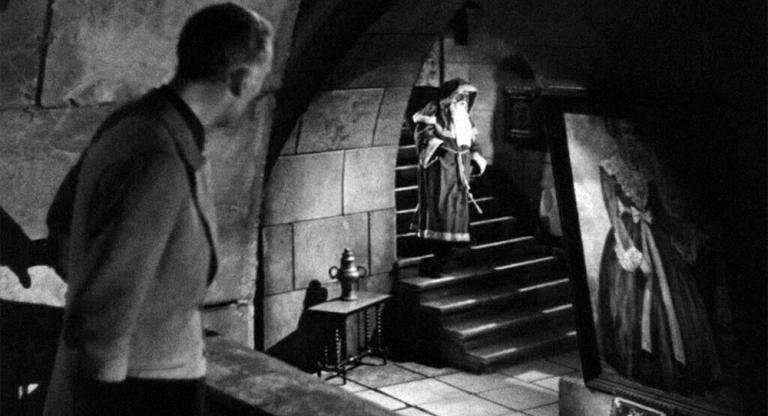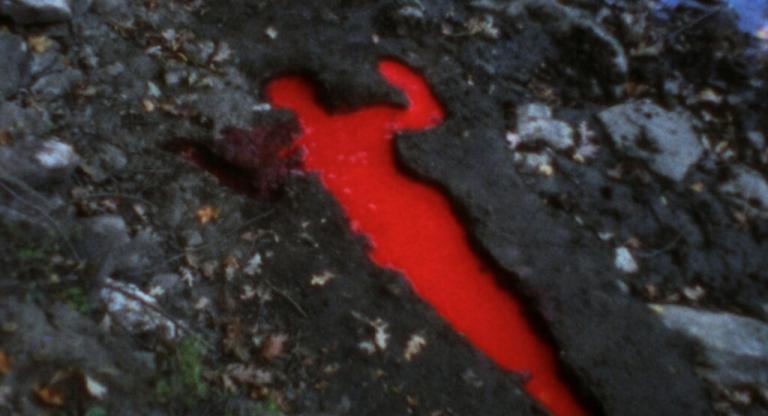In Atom Egoyan’s The Sweet Hereafter (1997)—adapted from Russell Banks’s 1991 novel of the same name—tragedy befalls a small town in British Columbia when 14 children die in a school bus crash. We anxiously await this accident throughout the film, but when we finally see it, almost exactly mid-way through, it’s eerily anti-climactic. The camera observes the accident from the perspective of one kid’s father as he stands on a hillside, too far away to do anything as the bus skids out onto a frozen lake and cracks through the ice. The emotional distance in this scene, which could have easily featured more intense action, close-ups, and suspense, covers the whole movie like a blanket of snow. The Sweet Hereafter was Egoyan’s first mainstream work and his only film to ever receive any Academy Award nominations, but it’s no Oscar bait. Rather, it’s Egoyan’s eschewing of sensationalism and sentimentalism in his rendering of emotional devastation that makes the film so haunting.
Ian Holm plays Mitchell Stephens, an opportunistic, big-city lawyer who comes to town attempting to organize a class-action lawsuit and immediately stirs up tension among the anguished parents, sticking a finger in an unclosed wound. He crafts a story of corporate negligence and faulty bus construction, attempting to force logic into an inexplicable tragedy with the ostensible goal of delivering closure and justice to the mourning families. However, Mitchell’s self-interest is not solely economically driven; he is slowly losing his adult daughter to drug addiction, and has more in common with the group of grieving parents than they likely realize. As he makes his way from resident to resident, collecting their accounts of the fateful day, it appears the paths forward for those who survived the accident will be just as difficult as for those who lost their children. The bus driver, Dolores (Gabrielle Rose), who has photographs of all the children entrusted to her care hanging in her home, will likely wrestle with guilt for the rest of her life. Nicole (Sarah Polley), who we meet as a sunny 15 year-old budding songwriter, is now paralyzed from the waist down, confined to her room and forced to confront the twisted dynamics of her family.
Egoyan makes a major structural change to Banks’s original story by having the narrative unfold in a non-linear fashion, the characters’ memories seamlessly intermingling with the present and conversing with each other. The recognizable image that opens the film (and features in all of its promotional materials), of a peaceful couple asleep in bed with their young child between them, is revealed to be an old memory of Mitchell’s, and one whose serenity is ripped apart once we learn the full story.
The Sweet Hereafter’s editing reveals that this isn’t really a tale of “before” and “after”; secrets and pain rippled throughout the town before this tragedy even happened, as they do everywhere. Although this event changes the film’s characters irreparably, it's their pre-existing inner demons that drive their actions afterwards. Egoyan treats the characters with brutal honesty, but also tenderness. The subtlety in both Holmes and Polley’s performances stand out among a strong ensemble cast (many of whom are Egoyan regulars). As the success of the lawsuit eventually boils down to Nicole’s testimony, the two characters appear to recognize in each other ulterior motivations boiling beneath the surface, even if they don’t know what they are.
The Sweet Hereafter screens this afternoon, June 8, and on June 12, at the Paris Theater as part of the series “Bleak Week: Cinema of Despair.”



